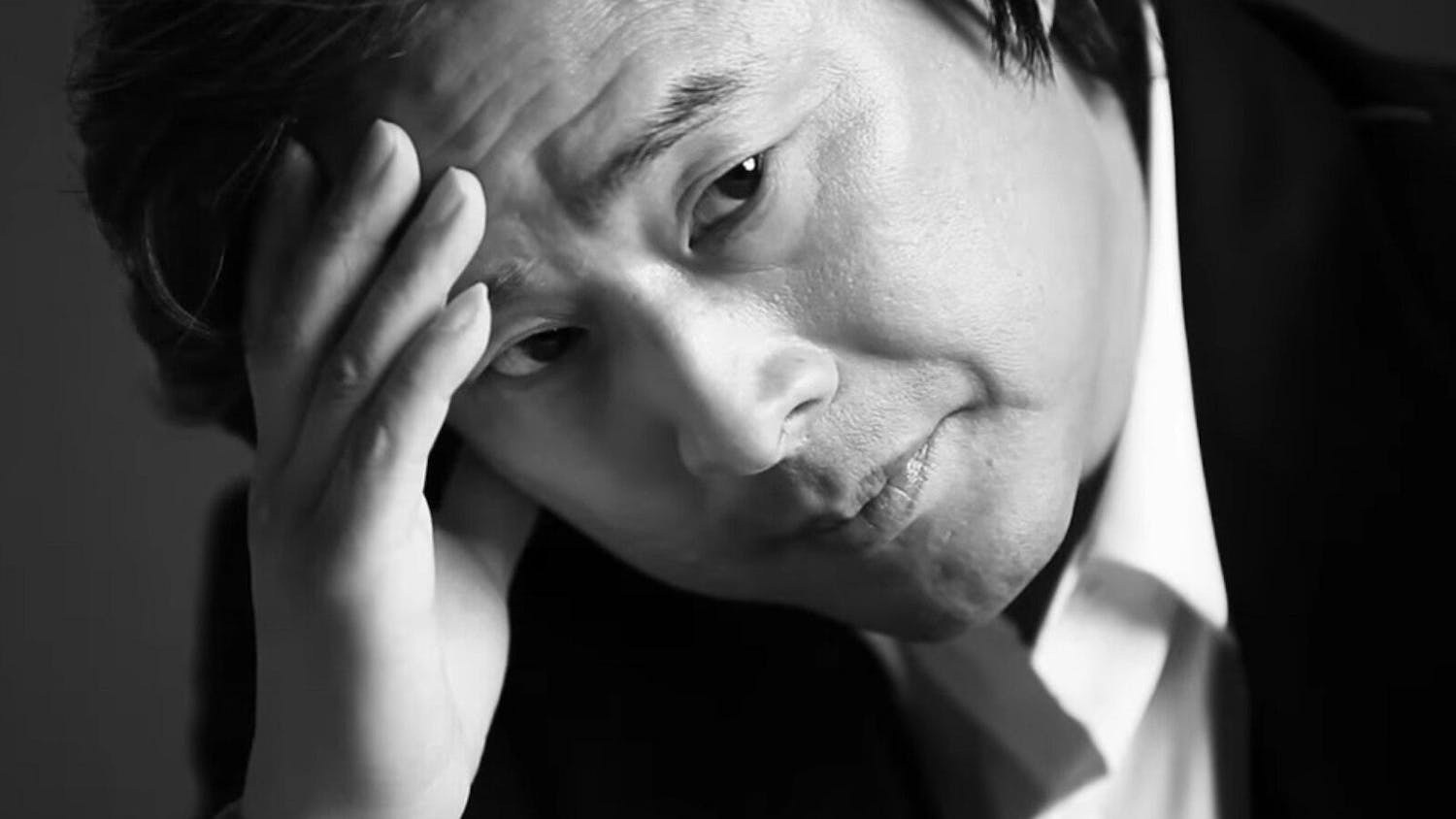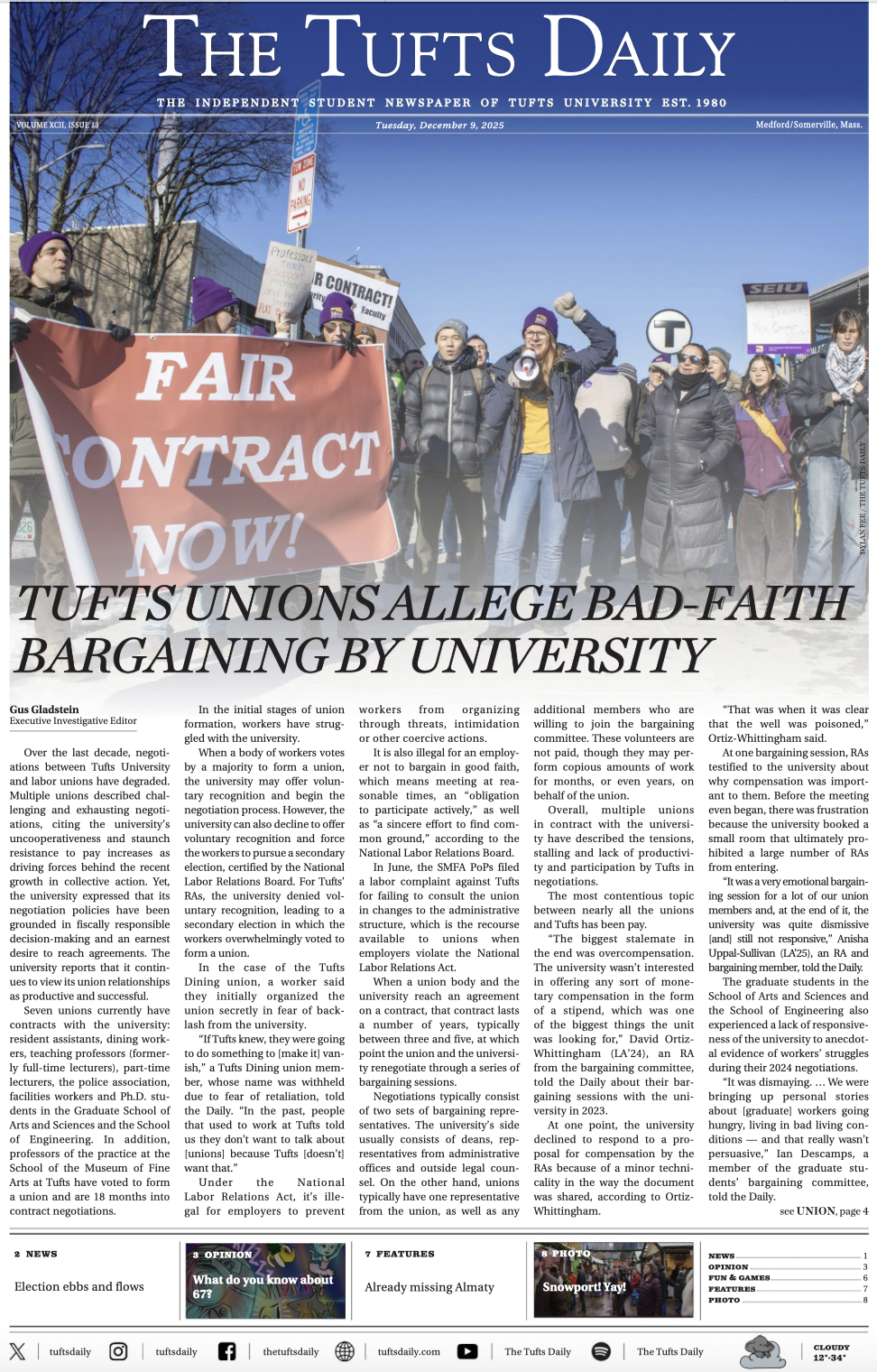Since the release of "28 Days Later" in 2002, zombie enthusiasts have had little to subsist on in terms of the true post-apocalyptic, people-eating-people zombie flick. There was the terrifying sequel, "28 Weeks Later" (2007), and for the non-purists, "I am Legend" (2007), which featured a post-apocalyptic scenario with confusing CGI mutant antagonists. The dry spell has ended, temporarily at least, with the release of George Romero's "Diary of the Dead," his first independently produced zombie film in twenty years.
"Diary" is the fifth installment in Romero's "Dead" series, which includes "Night of the Living Dead" (1968), "Dawn of the Dead" (1978), "Day of the Dead" (1985) and "Land of the Dead" (2005). Romero is often considered the father of the zombie genre, and just in case his viewers had forgotten, he confirms it again with "Diary."
The film is founded on the same basic premise as the other four: Characters are suddenly confronted with a world overrun by reanimated corpses with a bloodlust for live flesh. "Diary" follows a small group of college students who find themselves in this familiar scenario while making a horror movie for class. The kids, along with their professor, a perpetually intoxicated loner, make their way to their homes in an old Winnebago while the world around them churns in chaos.
Romero stocks his cast with all the requisite archetypes necessary for your basic horror film. There is the glowing couple, "in love" and planning to be "together forever." Those plans are predictably foiled early on, as this is a zombie flick and not "Definitely, Maybe" (2008). There's also the tech-nerd, the rebel from the Bronx, the idealistic hippie chick, the slacker and the rational protagonist. Their professor-companion serves as a guide on this trip, casually coughing up clichéd statements so that we never forget that there is, in fact, some substance beyond the campy, blood-and-guts horror.
That substance comes in the form of some preachy social commentary. Zombies have often been equated with social satire in the past. The idea of essentially dead people committing horrendous acts of violence on each other while stumbling around with no consciousness or conscience to speak of draws startling parallels to current events time and time again. Think genocides and ethnic cleansings, senseless murders and mass violence with people just standing by. And then there is the metaphor that applies to those characters that have to survive the zombie invasion. These movies provide a stark viewpoint on human nature that has us wondering just how humane we are and what exactly we're willing to do to stay alive.
These ideas came up years ago when Romero made the first of the "Dead" movies. But now it seems he's aware of the connection between the gratuitous violence of his movies and the pertinent social commentary, and he wastes no opportunity to solidify that. The message this time deals with media ethics and voyeurism. As Jay, the main character, obsessively attempts to capture every moment on film, his friends begin to question his motives and his humanity. His girlfriend asks, "If it didn't happen on tape, it didn't happen, right?" It almost seems like a rhetorical question posed to the audience. The preaching doesn't end there, because aside from these rhetorical questions, there is also the voice-over commentary that goes along with the documentary-style footage, interspersed with newsreel footage of riots and violence that serve to remind us that there is, in fact, a message here. The final words in the film ask us the ultimate question: Are we worth being saved?
It's not all after-school specials here, though. Romero steps off his soapbox plenty of times and produces the classic zombie gore that he's known for. He references himself in a classic zombie-feasting scene, in which an undead doctor and nurse are found sampling the innards of a zombie patient. The two are shot through the head in an explosion of tainted brains, alerting the attention of the prostrate patient. He wakes up tempted by the scent of live flesh in the air and rolls over on his side to get up. Organs slosh out of his open torso in one of the most disgusting moments in the movies in a long time.
Though Romero is clearly taking advantage of this opportunity to send a message to audiences, he doesn't fail to deliver a really great, truly horrifying horror movie. He certainly hasn't lost his touch.





